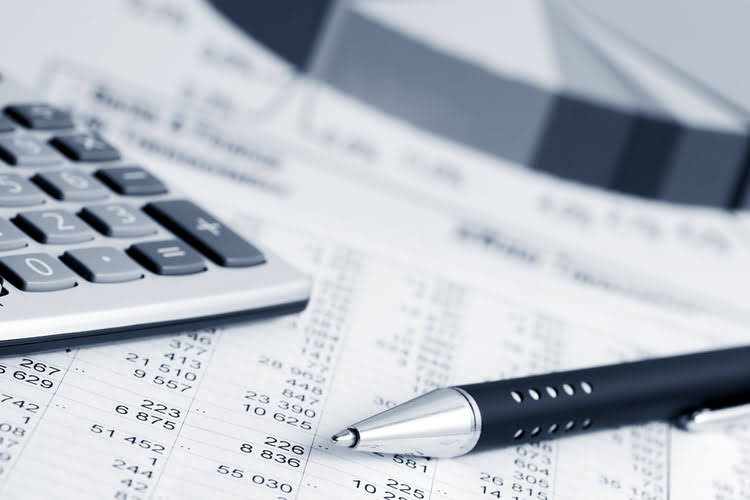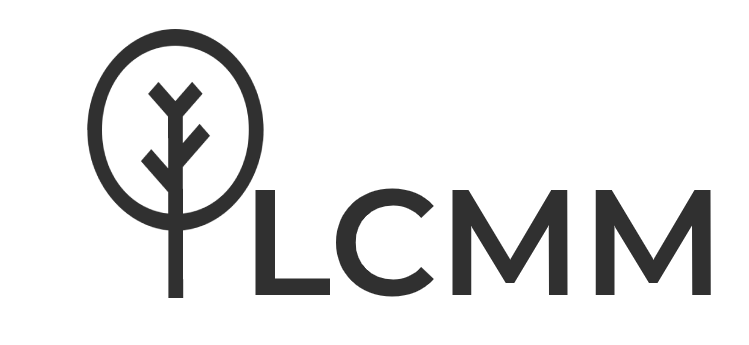
With a wide range of helpful integrations, FreshBooks has everything you need to manage your business accounting in a matter of minutes. The expanded partnership between FreshBooks and Stripe marks a significant milestone. The two platforms have partnered together since 2016, and will build upon the shared vision into FreshBooks’ next chapter as the accounting solution of choice for business owners and accountants. Send invoices and get paid fast, plus get access to our award-winning customer Support team. FreshBooks gives you everything you need to spend less time, money and stress on your bookkeeping.

The bride wore an intricate ivory gown with lace applique floral detail designed by Sarah Burton of Alexander McQueen, while the groom was dressed in the red tunic of the Irish Guards. The Princess called him a “loving boyfriend” who was “very supportive of me through the good times and also through the bad times”. FreshBooks Founder and CEO Mike was self-employed and running a small design agency. One busy afternoon in 2003, he accidentally saved over an invoice and lost his work. Build an integration, use the FreshBooks API, or grow your business with our Accounting Partner Program.
Try It Free Now For 30 Days.
You don’t need to have an accounting background to take control of your business accounting. “Now, small businesses and accountants using FreshBooks can easily go through onboarding, seamlessly track payouts, and get paid faster.” FreshBooks accepts all major credit cards through our uber secure cloud-based accounting software. FreshBooks is built around ensuring that you get paid for your work as easily and as quickly as possible. That means our accounting software is set up so you can create and send custom, professional invoices to your clients in a matter of seconds. With FreshBooks, you’ll confidently create invoices, input expenses, VAT returns, and do your bookkeeping in less time.
ChatGPT runs on the same licensing business model, where access to AI is granted to companies and their users for a specific fee. Meta stands to make a lot of money with an LLM in various ways, including advertising (think auto-generated ads that appeal to you, specifically) and selling access to this AI. Upgrading from Llama 2 (launched in July 2023) to Llama 3 should mean more accurate responses, more human-like conversations, and a broader knowledge base for AI apps that use it. Meta wasn’t the first to debut an ultra-powerful artificial intelligence model – that honor, of course, went to OpenAI with ChatGPT – but it’s been working feverishly to catch up. Large language models like ChatGPT and Llama are incredibly versatile and can be used for many things.
Save up to $7,000 a Year in Billable Hours
Now you can serve your clients while still having control over your finances. From the invoice itself to payment the confirmation page, your clients will receive great-looking documents and notices with your company’s branding and logo on them. Even better, our cloud-based accounting ensures that their payment and data is safe and secure. Your clients can pay their invoices directly through the website or app so you can get paid in minutes.
With FreshBooks accounting software, you get a detailed breakdown of how much you have spent and where within a given time frame. FreshBooks double-entry accounting software allows you to know exactly how your business is performing at-a-glance. With advanced reports, your business’s financial freshbook login status will never be a mystery. The Accounting Software from Freshbooks empowers business owners like you to spend less time on bookkeeping and more time doing what you love. By building its own high-powered AI, Meta can also sell licenses to companies that want to use it for their projects.
The FreshBooks Story
The data sets these models use typically don’t include “normal people,” so typing your friend’s name into the AI isn’t going to produce anything that looks like them. What’s really cool about real-time image generation is that it doesn’t wait for the entire prompt to be written. Instead, it starts to “see” each object as you write about it and adjusts the final image in real time. This requires powerful hardware and software, which is fascinating to watch in action.
Freshbooks Accounting Review: Pros & Cons – Startups.co.uk
Freshbooks Accounting Review: Pros & Cons.
Posted: Tue, 24 Jan 2023 08:00:00 GMT [source]
